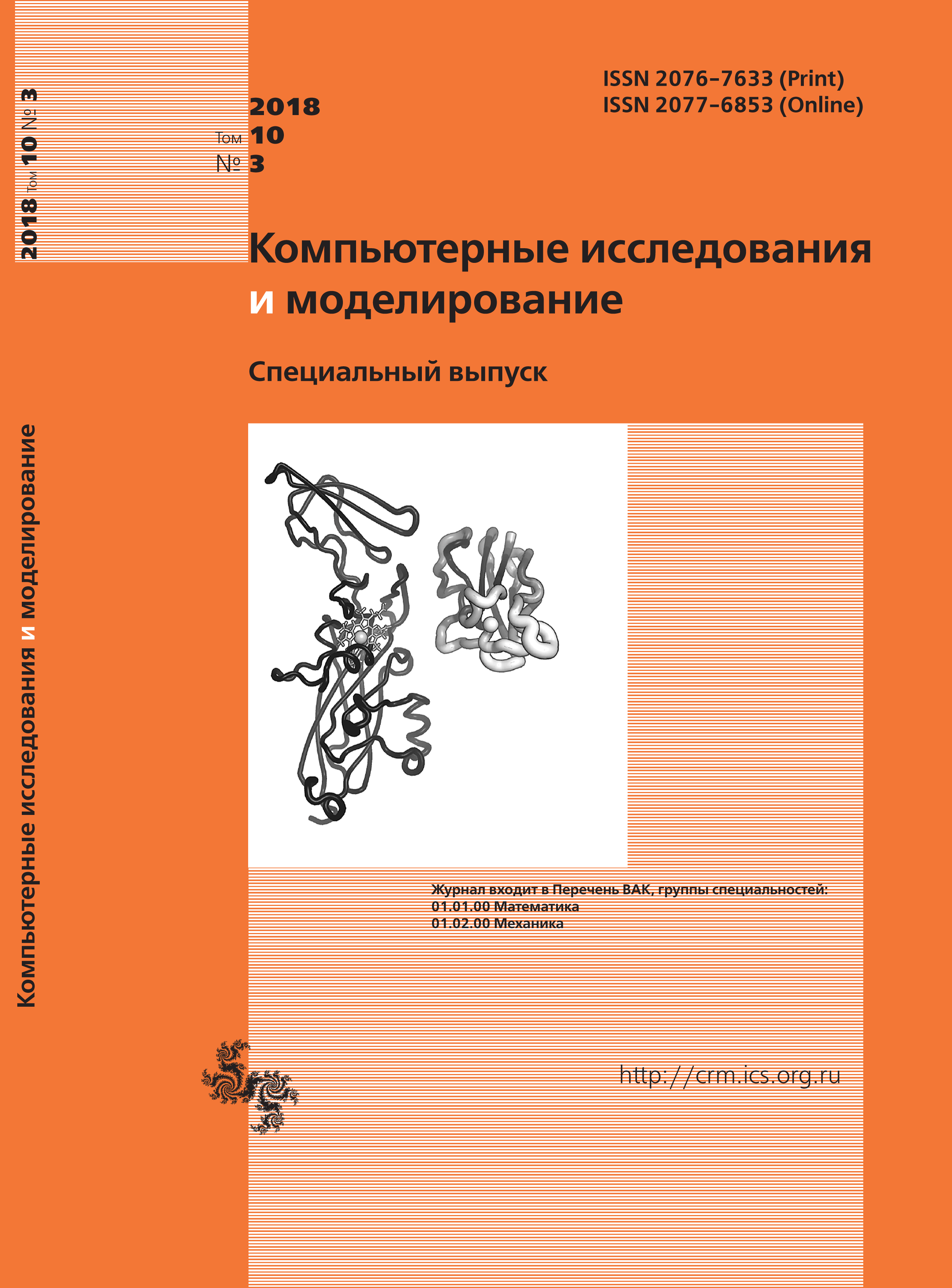All issues
- 2025 Vol. 17
- 2024 Vol. 16
- 2023 Vol. 15
- 2022 Vol. 14
- 2021 Vol. 13
- 2020 Vol. 12
- 2019 Vol. 11
- 2018 Vol. 10
- 2017 Vol. 9
- 2016 Vol. 8
- 2015 Vol. 7
- 2014 Vol. 6
- 2013 Vol. 5
- 2012 Vol. 4
- 2011 Vol. 3
- 2010 Vol. 2
- 2009 Vol. 1
Traffic flow speed prediction on transportation graph with convolutional neural networks
The short-term prediction of road traffic condition is one of the main tasks of transportation modelling. The main purpose of which are traffic control, reporting of accidents, avoiding traffic jams due to knowledge of traffic flow and subsequent transportation planning. A number of solutions exist — both model-driven and data driven had proven to be successful in capturing the dynamics of traffic flow. Nevertheless, most space-time models suffer from high mathematical complexity and low efficiency. Artificial Neural Networks, one of the prominent datadriven approaches, show promising performance in modelling the complexity of traffic flow. We present a neural network architecture for traffic flow prediction on a real-world road network graph. The model is based on the combination of a recurrent neural network and graph convolutional neural network. Where a recurrent neural network is used to model temporal dependencies, and a convolutional neural network is responsible for extracting spatial features from traffic. To make multiple few steps ahead predictions, the encoder-decoder architecture is used, which allows to reduce noise propagation due to inexact predictions. To model the complexity of traffic flow, we employ multilayered architecture. Deeper neural networks are more difficult to train. To speed up the training process, we use skip-connections between each layer, so that each layer teaches only the residual function with respect to the previous layer outputs. The resulting neural network was trained on raw data from traffic flow detectors from the US highway system with a resolution of 5 minutes. 3 metrics: mean absolute error, mean relative error, mean-square error were used to estimate the quality of the prediction. It was found that for all metrics the proposed model achieved lower prediction error than previously published models, such as Vector Auto Regression, LSTM and Graph Convolution GRU.
Copyright © 2018 Prokoptsev N.G., Alekseenko A.E., Kholodov Y.A.
Views (last year): 36.Indexed in Scopus
Full-text version of the journal is also available on the web site of the scientific electronic library eLIBRARY.RU
The journal is included in the Russian Science Citation Index
The journal is included in the RSCI
International Interdisciplinary Conference "Mathematics. Computing. Education"







